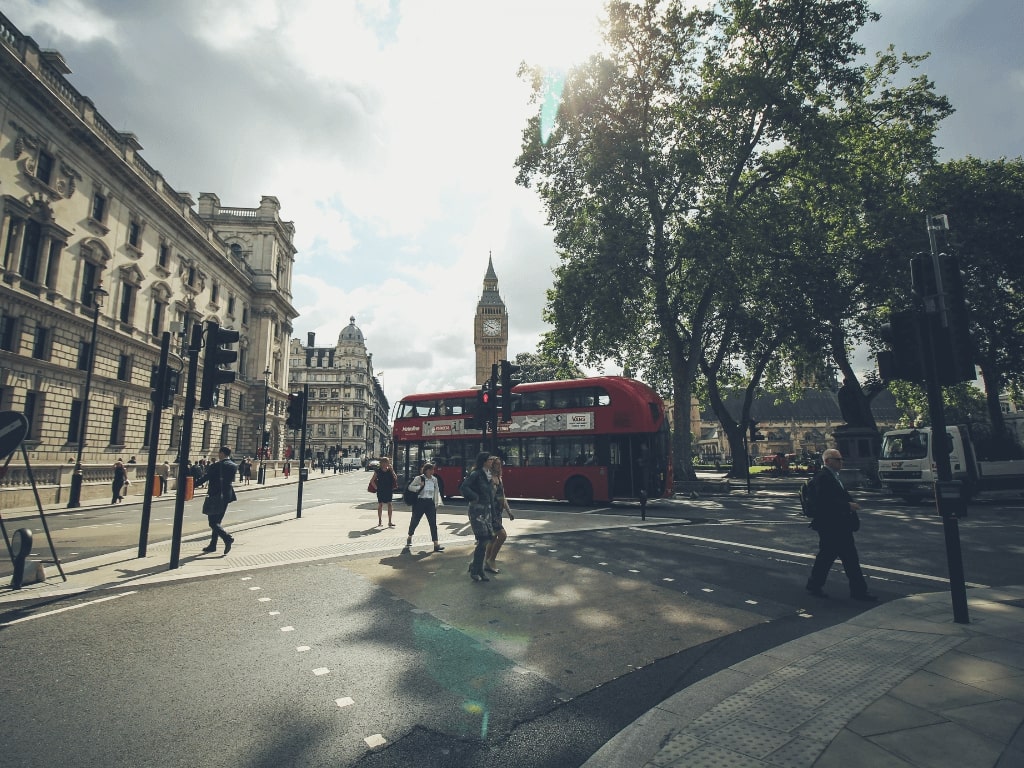As of 2019, a whopping 99 per cent of the world’s population was living in places where the World Health Organization (WHO) air quality guidelines were not met. A steady increase in Air Quality Index (AQI) values and thus air pollution levels in cities has ensured that air pollution becomes one of the greatest environmental risks to health.
Air pollution is a major threat not only to humans, but also the environment. It cannot be fought just by making and amending laws; it cannot be fought through quick-fix solutions. The fight against air pollution has to involve all — we all are the stake holders. As the quality of air has been worsening in most cities worldwide, it is crucial to act now. Only debates and discussions, without action, is just a half-hearted effort to the grave problem, which is intensifying with each passing day.
Many countries walked the talk setting examples for other cities to join the fight against air pollution. London introduced the Ultra Low Emission Zones (ULEZ) in 2019 and managed to relatively reduce pollution levels. Paris has consciously made more space for trees and pedestrian areas, banned cars from the Seine River quayside, stopped heavily polluting diesel cars from within Paris’ beltway, and recorded a significant drop in nitrogen dioxide and carbon dioxide after introducing these measures. Once tagged as the most-polluted city, Mexico turned over a new leaf in a few years.
These and other significant green steps that cities have taken hold lessons for the future in India and elsewhere as cities struggle to balance their urban economies with environmental concerns including air pollution. Here, Question of Cities examines a few cities which reduced their air pollution levels through different measures such as restricting vehicles in key areas and increasing their green cover.
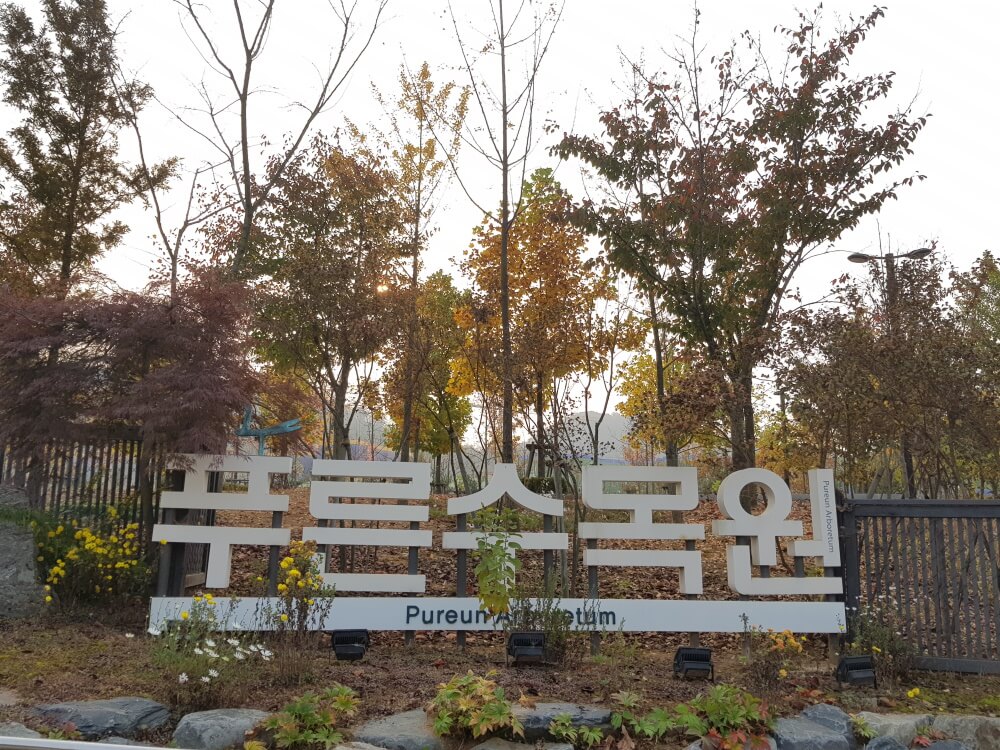
Photo: Creative Commons
Seoul, Korea
In 2021, Seoul deployed 5G-enabled autonomous robots to monitor air quality in the city’s industrial complex. Soon after, a satellite monitoring system started offering air quality data in real-time to the public. The machines have been deployed to keep a check on the city’s pollution levels. The city’s PM2.5 levels in 2018 were about twice as high as those in major cities in developed countries.[1]
Along with technology-based interventions that increase awareness of the city’s poor air quality, Seoul is also creating a wind path forest in the city. A wind path forest has trees planted close together along rivers and roads to regulate temperature and more importantly, increase the amount of clean air in the city’s centre. The presence of trees on the roads is expected to aid in the reduction of Particulate Matter. Pine trees, maples, wild cherry and oak are some of the species that have been planted in this forest.[2]
In 2013, Seoul opened the Pureun Arboraton, a botanical garden made by transforming a viaduct in Seoul’s main railway station. By 2030, the city hopes to increase its green space by 30 per cent and make sustainable modes of commute walking, biking and public transport account for 80 per cent of trips.
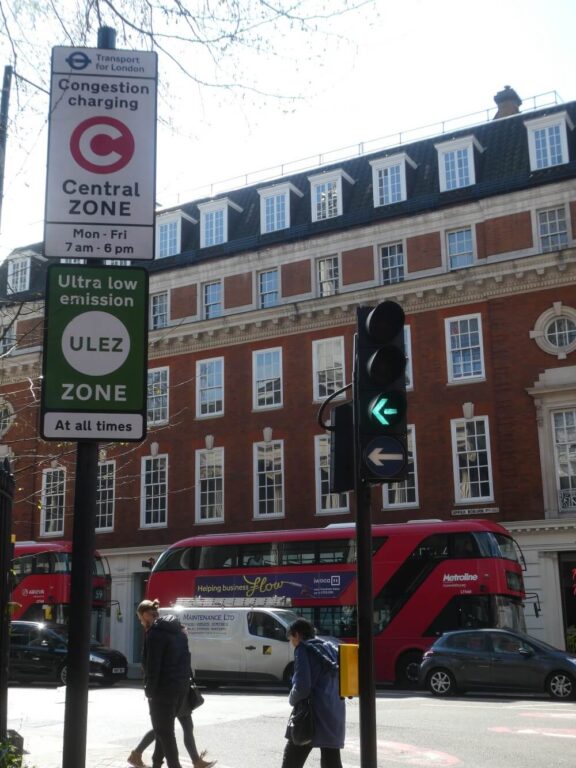
Photo: Creative Commons
London experiments with ULEZ
To reduce London’s infamous smog, the city introduced the world’s first Ultra Low Emission Zone (ULEZ) in Central London in 2019.[3] While Low Emission Zones (LEZ) are common across Europe, which has around 250 of such zones both permanent and seasonal in nature, London’s ULEZ is permanent and operates 24×7 except on Christmas Day. What the permanent ULEZ in London means is that drivers of older and more polluting vehicles are charged a fee to enter the area each day. If a vehicle does not meet the ULEZ emission standards and is not exempt, the driver has to pay a 12.50 pounds daily charge to drive inside the zone. London’s ULEZ was extended, in 2021, to cover the city’s north and circular roads. According to its website, it currently covers all areas under the north and south circular roads.
The impact, by its own information, has been noteworthy. Harmful pollution emissions reduced by 26 per cent in the ULEZ area compared with what they would have been had the ULEZ not been implemented. ULEZ has also managed to reduce pollution in Central London by nearly half. The ULEZ programme is set to cover all boroughs of London from August 2023.[4]
Low emission zone principle
The idea of turning some parts or sections of the city into low emission zones to bring down the vehicular emission contribution to air pollution goes back to the mid-1990s.
Gothenburg, Stockholm, Malmo and Lund in Sweden introduced the world’s first LEZ in the mid-1990s which restricted diesel trucks and buses in the city centre. Private cars are still not banned in these areas.[5]
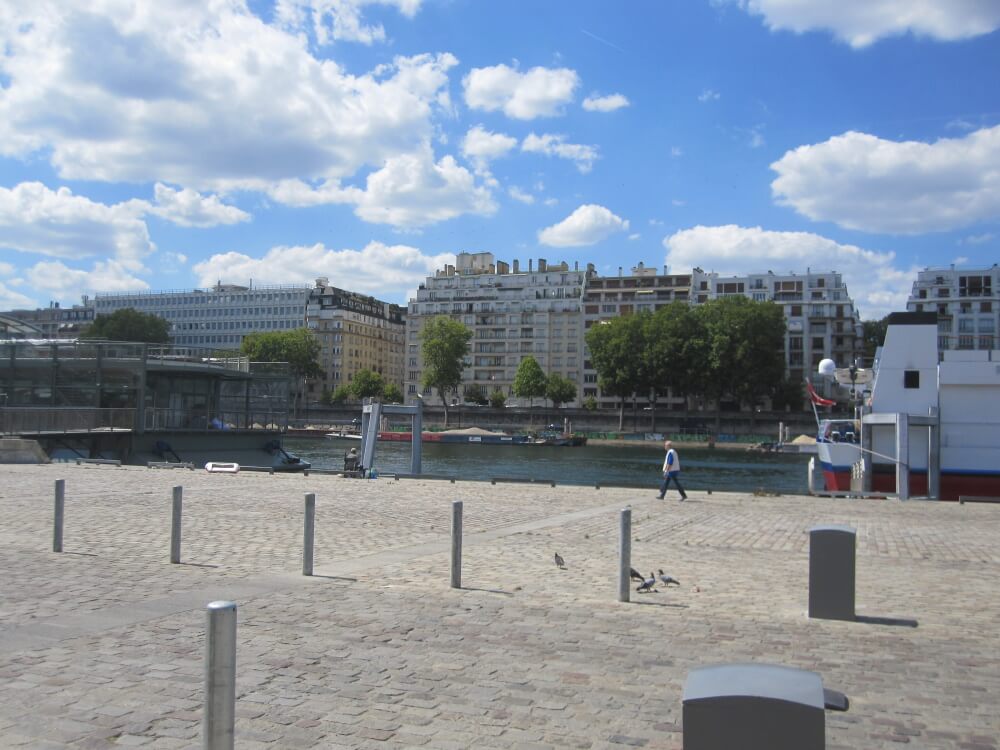
The Seine River quayside in Paris has more space for trees and pedestrians.
Photo: Creative Commons
Paris, France
Paris had stopped the most polluting vehicles from entering the city’s centre in 2021. The plan aimed to stop traffic from a large zone in Paris’ core and reduce pollution and noise. Most cars too have been banned from the Seine River quayside to make more space for trees and pedestrian areas. The city has already stopped heavily polluting diesel cars from within Paris’ beltway. Areas previously reserved for driving and parking have been turned into green areas with reduced car access.[6]
The city’s officials recorded a significant drop in nitrogen dioxide and carbon dioxide after the onset of the COVID-19 pandemic. Nitrogen dioxide is a pollutant emitted by vehicles. This along with particulate matter are known to cause respiratory diseases. The city then expanded its bike lanes to consolidate the gains from the pandemic.[7]
Paris won the Sustainable Transport Award recently for its efforts to create multi-modal and fully integrated transport networks. The city updated its already existing cycling plan by capitalising on the surge in cycling that happened because of the pandemic. Paris aims to be a fully cyclable city in the next few years thus reducing the use of fossil fuel-driven automobiles.[8] Anne Hidalgo, the mayor of Paris has been working to transform Paris into a ‘walkable city’.
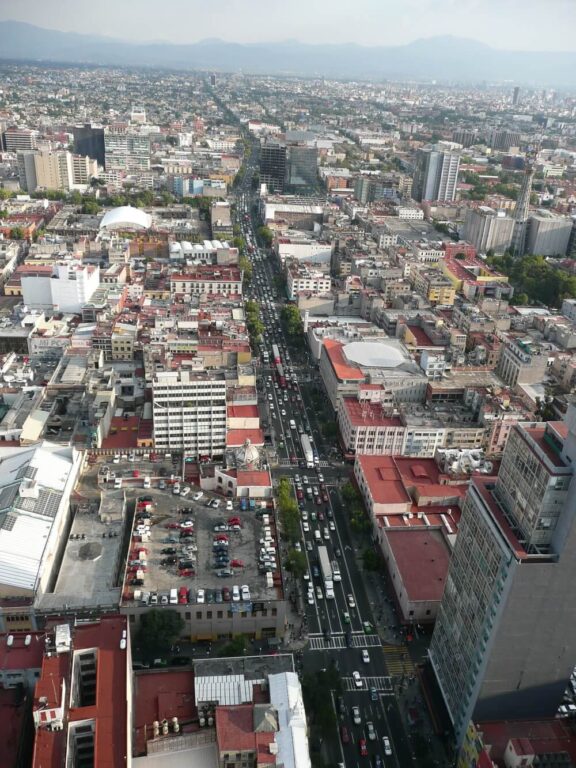
Photo: Creative Commons
Mexico City, Mexico
Mexico City received the tag of being the most polluted city in the world in 1992. The city had, however, imposed curbs on car usage in 1989. The system based on number plates prevented cars with certain number plates from being on the street on certain days. Called the No Hoy Circula programme, this was done to stop drivers from using cars on one day every week. The name that translates to ‘today, don’t circulate’ was a means to reduce the number of cars circulating on the road.[9]
The programme has been largely successful; it cut the number of cars on the road between Monday and Friday by 20 per cent. These curbs were extended to include Saturdays too in 2008, after an analysis indicated that it could reduce nitrogen oxide emissions by 16 per cent. However, there are people who have bought second cars to ensure that they can drive every day.
In the last few decades, other cities around the world have surpassed Mexico City as the most polluted. Experts believe that despite everything, Mexico City has made great strides towards improving the environment while dealing with a growing population and economy. However, as the population grows and the city spreads out, it means longer trips and more cars in the city.[10]
Cover photo: A street in London which has opened up space for pedestrians from Creative Commons

